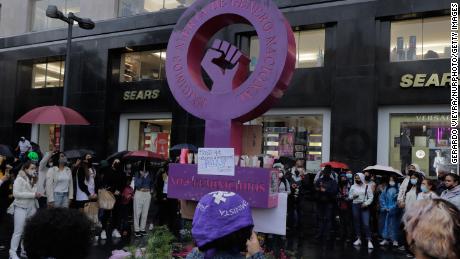Explainer: What is femicide and how bad is it globally?

Here’s what you need to know about the term, how different parts of the world compare and what can be done to reduce femicides. What is femicide? So, what does taking responsibility look like? The Small Arms Survey report called data collection “indispensable” to preventing gender-based violence. ”Data disaggregated by sex, age, ethnicity, victim–perpetrator relationship, and motivation for violence, along with contextual information, such as the location, time, and instrument of violence, will benefit efforts to diagnose, reduce, and prevent violence, including lethal violence,” its authors wrote. When it comes to best practices, Peru’s government is often cited. Its action plan includes “several agencies with specialized task forces [working] toward femicide reduction and prosecuting the abusers, including emergency centers for women, a hotline for victims of violence against women, and the Specialized Police Squad for Prevention Against Domestic Violence.” Ultimately though, to reduce GVB in all its forms, cultural and social norms must change. Research published by Bristol University Press suggests that societies must take a close look at their views of “masculinity and femininity, gender equality, domestic violence and femicide laws, patriarchal ideology, traditional values, the role of religion in society and media coverage of femicide and violence against women.” Read more from the As Equals series *Header image caption: Sabina Nessa







